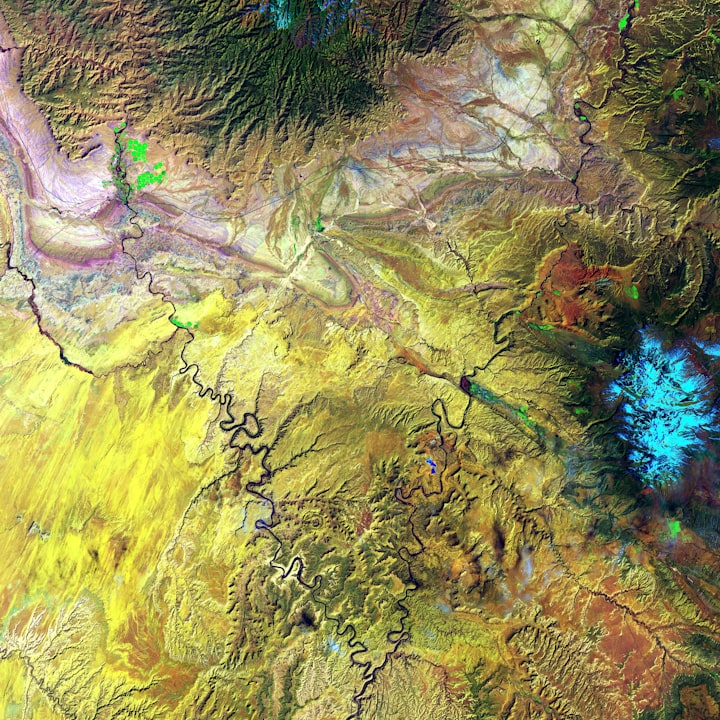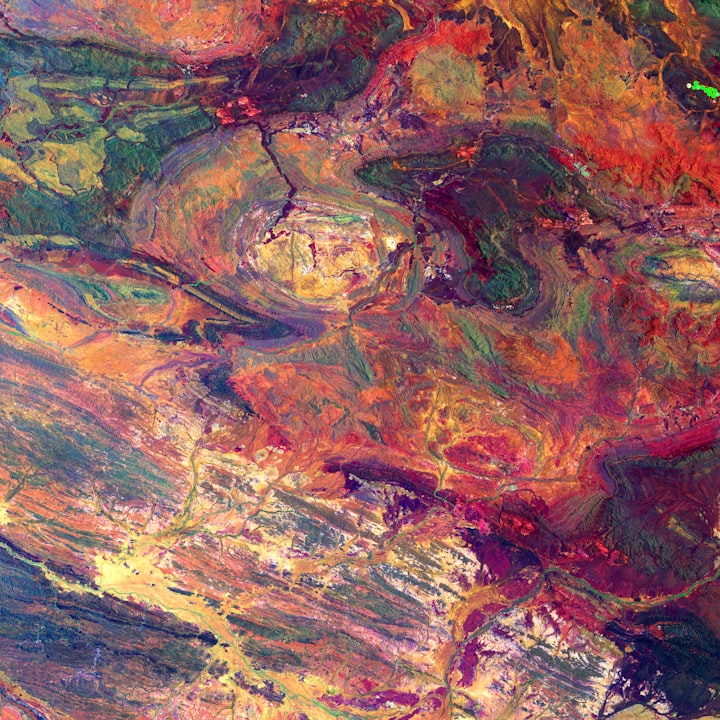Why Does Europe Receive Less Rain Than America?
Examining Europe and America's climate differences, focusing on precipitation patterns and explaining why Europe receives less rain.

When comparing climate data, one can't help but notice the stark difference in precipitation levels between Europe and America.
In particular, European cities consistently receive around 20-30 inches (about 500-760 mm) of rain per year, while American cities east of the 98th degree longitude (roughly the middle of Texas) receive anywhere between 40-60 inches (about 1000-1500 mm) annually.
The exceptions in Europe are the western parts of Ireland, the UK, and mountainous areas like northern Spain.
Geographical Factors
Europe's dryness can be attributed to its geographical features.
The continent is more landlocked than the United States, which allows moisture to travel further inland across America.
The Atlantic Ocean's influence is limited, contributing to Europe's drier climate.
Additionally, the Alpide belt, which includes the Alps and other mountain ranges, creates a barrier that restricts moisture-laden air masses from entering central and eastern Europe.
Topography and Wind Patterns
The topography of both regions also plays a significant role.
The U.S. possesses the Rocky Mountains, which act as a barrier to moist air currents, forcing them to release precipitation on the western side.
Coastal mountain ranges on the U.S.
West Coast, such as the Cascades and the Sierra Nevada, further contribute to significant rainfall in the region.
In contrast, Europe's prevailing wind patterns and topography limit moisture supply.
The prevailing westerly winds bring moisture to western Europe, causing areas like the UK and Ireland to be exceptions to the overall dryness of the continent.
Anthropogenic Factors
Anthropogenic activities also impact the regional climate.
Deforestation, primarily in Europe, has altered local climates by reducing transpiration and evapotranspiration, thus impacting precipitation patterns.
In America, large-scale agriculture and industrialization have resulted in altered landscapes and created localized arid conditions in certain areas.
The differences in precipitation levels between Europe and America can be attributed to a combination of geographical factors, topography, wind patterns, and human activities.
While Europe's dryness compared to America remains a climatic mystery, the interplay of natural and human-induced elements showcases the complexities of understanding regional climate variations.






